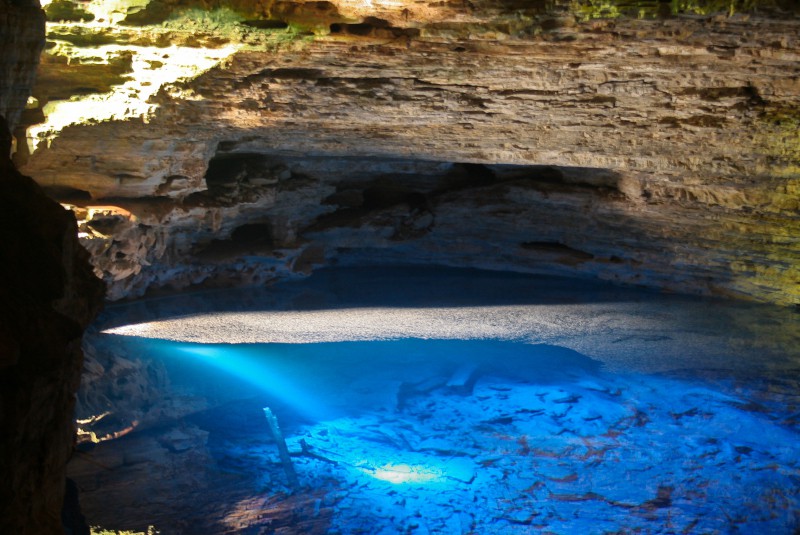
Enchanted Well Facts
- Quite amazingly, the perfectly-named marvel of Nature known appropriately as the Enchanted Well truly merits its name. This naturally occurring feature represents a breathtakingly beautiful site of incredible natural majesty and wonder.
- This incredible geological feature formed in a beautiful part of the world some might consider remarkably remote. Coincidentally, as a result of this placement, the area in which it formed also happens to lie very close to a protected area.
- This fortuitous location, quite thankfully, provides the incredible geological site with a certain measure of protection. Nonetheless, due to its truly impressive characteristics, roughly 7,000 visitors tour the Enchanted Well each year.
- The precious ecosystem of which it forms a vital part still remains quite fragile. Thankfully, ongoing monitored preservation efforts remain in place. As if all of this was not enough, this site has yet another fact to make it worthy of appreciation.
- This statement holds true due to the fact that the Enchanted Well also continues to serve as home to a wide variety of animal life. Most of these evolved as indigenous to only a few areas of the world. A few, however, appear nowhere else on earth.
Related Articles
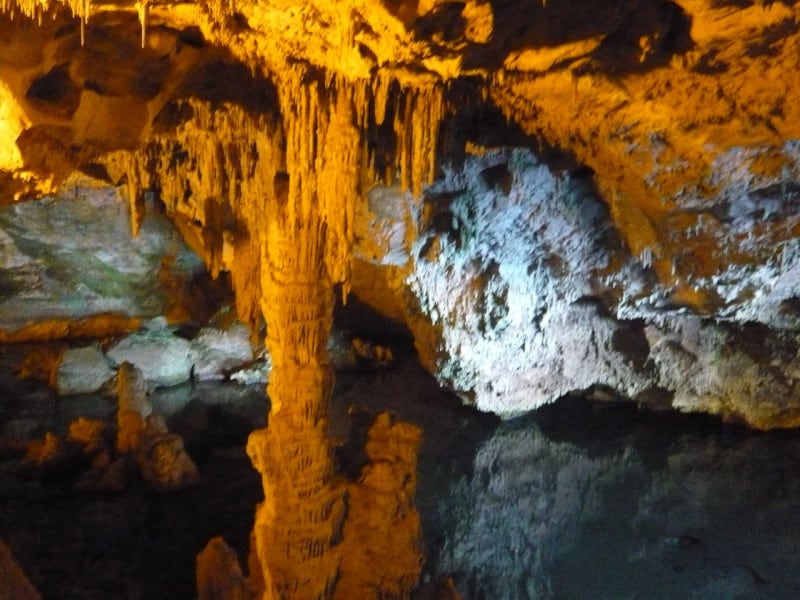
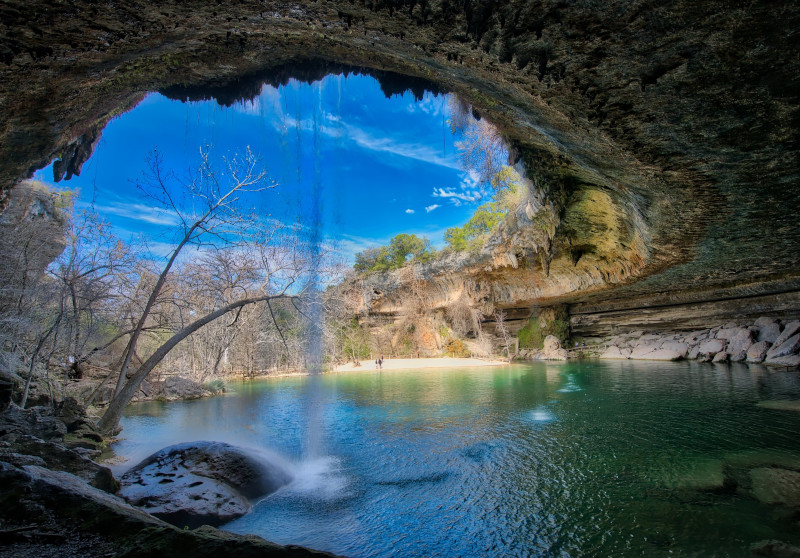
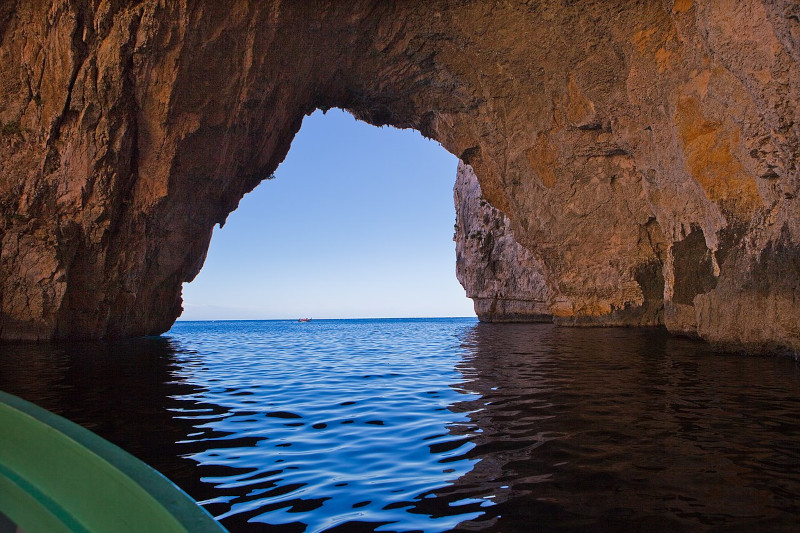
Enchanted Well Physical Description
The seemingly magical Enchanted Well formed in a spot that itself merits appreciation. This enchanting location sits inside the sheltering confines of a large limestone cave. Despite the conditions, though, its fortunate placement allows for adequate light to enter.
The picturesque water of the well also boasts another surprise. That’s the fact that it also remains surprisingly deep. As a result, it has an average depth of roughly 197 ft (60 m). The same collection of water also has a width that measures about 361 ft (110 m) at its widest.
But, the placement of the astounding Enchanted Well, though impressive in itself, isn’t its only claim to fame, by any means. For one thing, the stunning body of water contained within the so-called well also remains world-renowned for its extraordinary clarity.
This visually astounding characteristic primarily occurs due to the strong presence of one particular element. That’s the element of magnesium. Because of the presence of the mineral in the water, an amazing transformation takes place.
Given the unique combination of these factors, the nearly magical-seeming pool has almost unbelievable clearness. In point of fact, its clarity remains so great that the fortunate visitor can easily see all the way to the bottom of the breathtaking pool.

Enchanted Well Location, Formation, and Ecosystem
Not surprisingly, the sincerely astounding feature commonly known as the Enchanted Well originated in an already beautiful spot of the world. That’s because of the fact that this site sits in the eastern portion of the always fabulous country of Brazil, in South America.
Fortunately, however, the extreme ruggedness of the region, and also its relative inaccessibility, helps to limit tourism to the site. Luckily, natural forces also created it within what now constitutes the boundaries of the Chapada Diamantina National Park.
This incredible site formed through the relentless effects of erosion. This occurred because of the existence of an underground river within its surrounding limestone. Nature even provided just the right combination of factors to allow for its appreciation.
A well-placed natural opening allows sunlight to enter. The light also enters at just the right angle to create a stunning blue hue. In addition to being blessed with extreme natural beauty, countless creatures native to the region call the Enchanted Well home.
This collection of forms of life includes numerous species of bats. It also includes quite a few frogs and snakes. All these remain dependent on its ecosystem. Finally, the location also serves as one of only a few known locations where a rare species of blind catfish lives.
Features Sharing Its Region
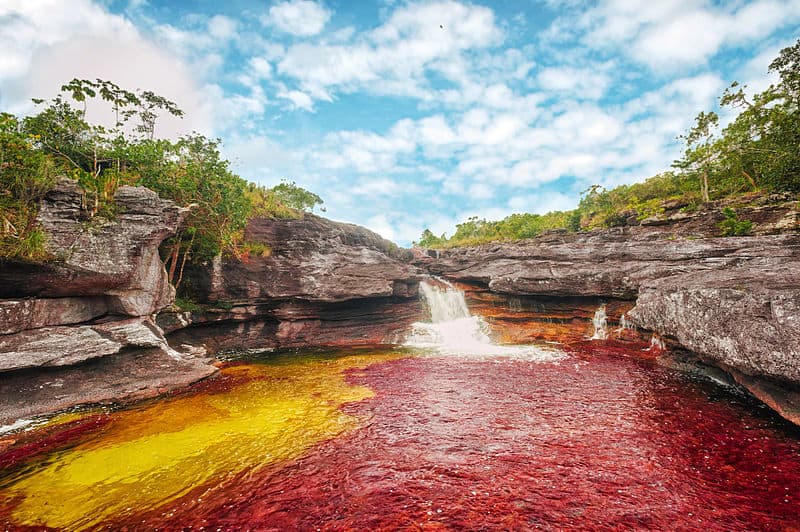
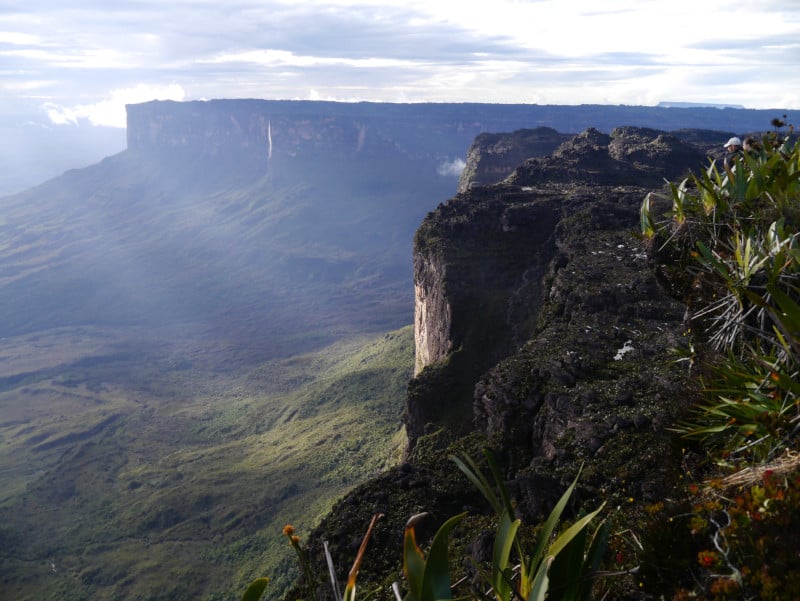
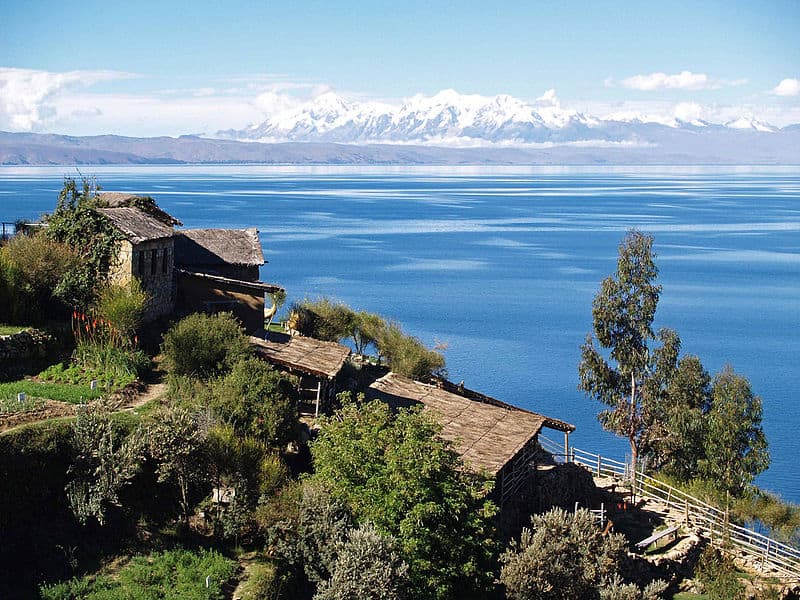
Check out our other articles on 4 Awesome Australian Butterflies, Greater Sage Grouse, Mary River Turtle, Bobbit Worm, Miami Blue, California red-sided garter snake, Rock Hyrax










Nice to see that, but Chapada Diamantina (Portuguese for “Diamond-Bearing Escarpment”), in the Brazilian state of Bahia, is definitely not “remarkably remote”. The area is populated, there are paved roads linking it to major cities, and the nearby town of Lençóis has an airport, with regular flights from the state capital city of Salvador (which is a fabulous destination in its own right, with lots of great beaches, historical architecture — including a Baroque church with the intricately crafted inner walls entirely coated in pure gold! — folklore, music, and typical food) and frequent tourist charter flights from other major Brazilian airports.
The area is full of small hotels and BnBs (some of them with pools, saunas, gourmet food and other amenities), and many Brazilian travel agents offer tour packages to the Chapada. It is true that some attractions (of which the cave is just one in an amazingly beautiful area overflowing with breathtaking sights) require strenuous treks of a few miles from the nearest road, but that’s not being “remote” (there are dozens of local guides to assist you).
And there is a similar cave with a blue sunlit lake in a totally different part of Brazil, thousands of miles from the Enchanted Well (or Poço Encantado, in Portuguese), near the town of Bonito (another major ecotourism destination, and even more easily reached), close to the Pantanal area of Southwestern Brazil.
Hello Goytá,
First, let express my gratitude to you for the attention to detail that you gave the article. It is much appreciated. I would also like to thank you for bringing to our attention the existence of another, similar site. We will certainly endeavor to research it.
However, regarding your concerns over our use of the term “remote,” I must point out that this term remains entirely subjective. Obviously, to you, and perhaps for many other people from that area, as well, “strenuous treks of a few miles from the nearest road” does not qualify as “remote.”
Nonetheless, to a great many other people, such a trek over such a distance would indeed qualify it as “remote.” It’s purely a matter of perspective. Therefore, some people would share your thought, while others would not.
But we greatly appreciate your bringing this specific phrase in this article to our attention. We will rephrase it. Therefore: “this incredible geological feature formed in a beautiful, but remarkably remote, part of the world” will be changed to: “this incredible geological feature formed in a beautiful part of the world some might consider remarkably remote.”